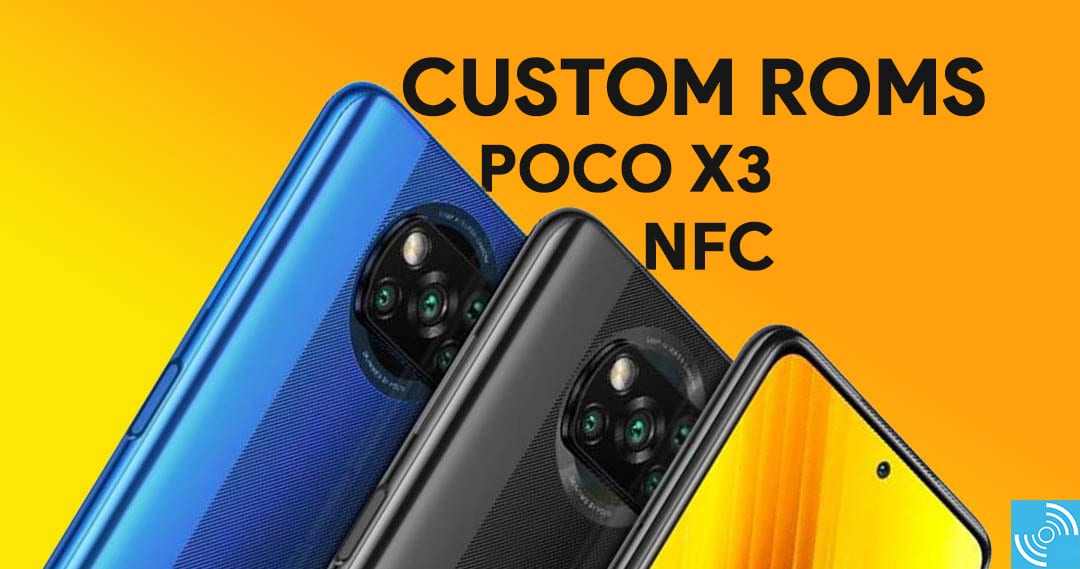Poco X3 Pro review: Living in the Poco F3’s shadow Video
So that, My experience says, The POCO X3 pro is a good mobile for starter gamers but not for professional gamers. As for the amazing performances, the company has featured an octa-core, Qualcomm Snapdragon https://www.aaronwillsco.sg/everything-you-need-to-know-about-samsung-sch-r970/ 860 processor which is built on 7nm processes. For better graphics rendering, the company has included an Adreno 640 GPU.
Xiaomi phones are expected to have large batteries especially on budget and mid-range phones. Both of these phones have large batteries so we can expect good battery life. Both phones have the same primary and secondary camera lenses but I expect the Poco F3 to perform better since it has a better processor with a better image processing system. In comparison, the Poco X3 Pro comes with a 6.67-inch FHD+ display with a 120Hz refresh rate. It is also an LCD display and maxes out at only 450 nits of brightness. The touch sampling rate is also lower at 240Hz, which is still plenty fast. This is also the same display found on the regular Poco X3 but maxes out at a lower brightness level which is a bummer since it costs more.
- The battery lost several percent more overnight, and it needed to be recharged by noon on the second day.
- The smartphone works at least all day from morning to late evening, this is a typical result for a modern device, but with moderate use, you can stretch the charge for two days.
- All the shooting modes are easily accessible, and you have toggles for HDR, flash, timer, AI, Google Lens, and switching between the various lenses.
- Here you can make a perfect purchase with more discounts.
- You won’t get the great contrast or colour depth that OLED can deliver, but the tradeoff to deliver a higher refresh rate at this price is a smart one for the X3 Pro’s potential buyers.
You shouldn’t shoot at night, the photos are dark and noisy. But there is a night mode, in which photos will at least be brighter, sharper and with less digital noise. In global markets, the OnePlus Nord is the ideal alternative to the POCO X3 Pro. The phone has a Snapdragon 765G chipset, 90Hz AMOLED, better cameras, 30W fast charging, 5G connectivity, and cleaner software. There’s also the Adreno 640 GPU, and it is much more powerful than any of the Adreno 61x or 62x designs we’ve seen in this category of late. Qualcomm’s decision to relaunch the chipset for 2021 is a smart move. The Snapdragon 860 has a built-in 4G modem, and the chipset is ideally suited for device makers that are looking to maximize the performance without switching over to a 5G-enabled platform.

In terms of numbers, both Redmi Note 10 Pro Max and Poco X3 Pro bring a 6.67-inch full HD+ display with a 120Hz refresh rate to the table. The Poco X3 Pro comes with an LCD display while the Redmi Note 10 Pro Max has a Super AMOLED display, giving the Note a definite upper hand. The difference between the two in terms of refresh rate is not something that will jump out at you. The Redmi Note 10 Pro Max’s display is definitely brighter and the colors feel more spirited. The battery that lives in the bowels of the Poco M5 has a capacity of 5,000 mAh and is compatible with fast cable charging of 18 W. For selfie photos, the Poco M5 makes use of a modest 5-megapixel sensor with an f/2.2 aperture. Instead, the Poco X3 Pro has a 20-megapixel front lens with f/2.2 aperture that offers better quality photos.

Leave a Reply